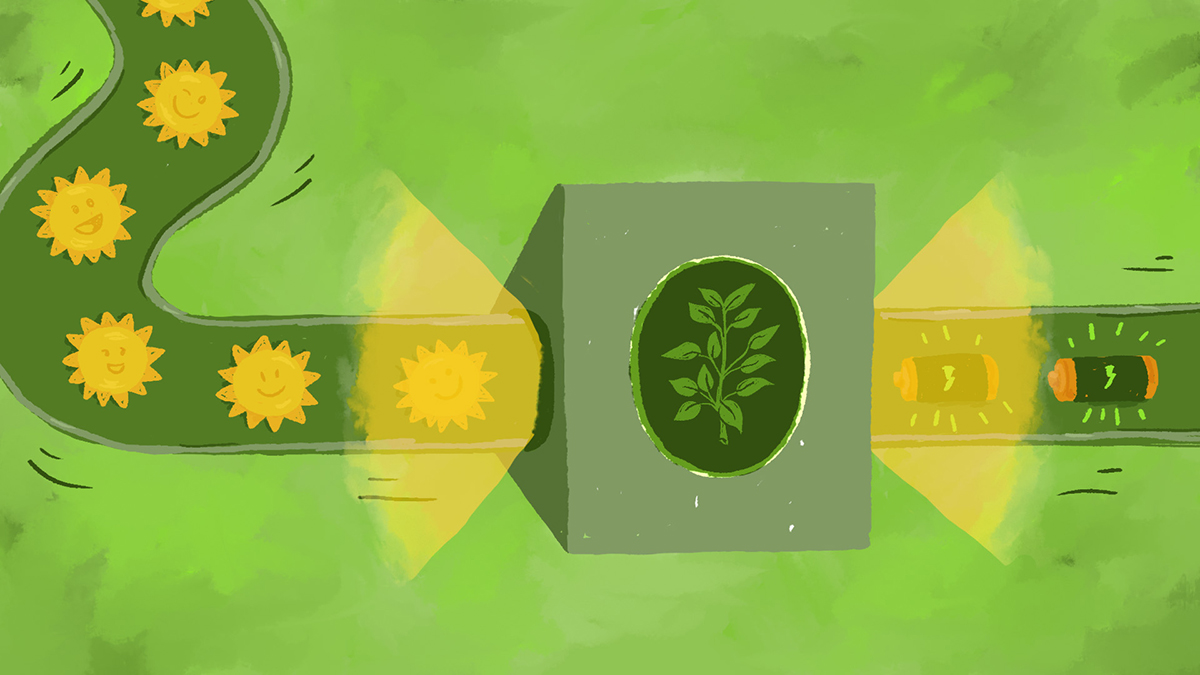Our Next Renewable Energy Source Could Be an Artificial Leaf
January 18, 2022
Replicating Plant Technology
LSU researchers are exploring new ways to use the oldest energy source on our planet—sunlight—to create truly green energy on demand. You’ve already heard of solar cells and solar panels, but David Vinyard, assistant professor in LSU’s Department of Biological Sciences, is looking at another method of harnessing the power of the Sun: photosynthesis.
The general idea of photosynthesis—a plant’s ability to absorb sunlight and use that
energy to make sugars (biomass) from water and carbon dioxide—is well-known. But the
exact mechanics are still being discovered. Vinyard tracks the process atom by atom,
electron by electron.
“It’s shocking how much we don’t know about how nature converts light energy to chemical
energy considering it’s happening at such a massive scale,” Vinyard said. “If we can
learn the chemical and physical mechanisms used by nature, we can give those blueprints
to chemists and engineers to develop clean energy conversion devices. Essentially,
an artificial leaf.”
An artificial leaf could be an inexpensive and efficient solar fuel cell. It could use light energy to strip electrons and hydrogen atoms from water, which then could be recombined to create hydrogen gas, a green fuel. Today, about 95% of all hydrogen is produced from natural gas, a fossil fuel, while an artificial leaf could produce it on demand using only water and sunlight.

Photosynthesis could be replicated in a man-made system to create green energy on demand.
– LSU
“As the global and domestic energy markets become increasingly sensitive to management of carbon associated with our traditional energy sources, Dr. Vinyard’s work has the potential to help Louisiana diversify its energy economy by helping to provide more options in the makeup of our energy sources.”
Jason Lanclos, director of the State Energy Office at the Louisiana Department of Natural Resources


